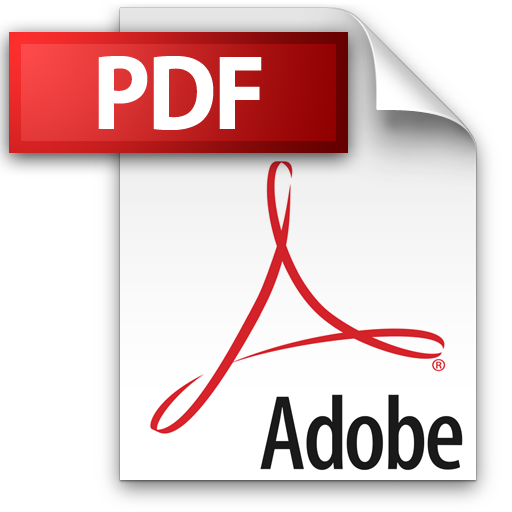11 | Add to Reading ListSource URL: creation.comLanguage: English - Date: 2009-02-25 19:54:23
|
|---|
12 | Add to Reading ListSource URL: www.ccsf.eduLanguage: English - Date: 2008-11-17 20:48:40
|
|---|
13 | Add to Reading ListSource URL: www.lpi.usra.eduLanguage: English - Date: 2008-11-04 14:51:43
|
|---|
14 | Add to Reading ListSource URL: www.lpi.usra.eduLanguage: English - Date: 2008-11-12 12:25:48
|
|---|
15 | Add to Reading ListSource URL: www.lpi.usra.eduLanguage: English - Date: 2013-08-02 17:03:55
|
|---|
16 | Add to Reading ListSource URL: www.lpi.usra.eduLanguage: English - Date: 2011-09-09 07:09:40
|
|---|
17 | Add to Reading ListSource URL: www.lpi.usra.eduLanguage: English - Date: 2014-07-18 11:00:57
|
|---|
18 | Add to Reading ListSource URL: www.psrd.hawaii.eduLanguage: English - Date: 2012-05-29 22:52:45
|
|---|
19 | Add to Reading ListSource URL: www.planetary.brown.eduLanguage: English - Date: 2014-04-17 10:25:08
|
|---|
20 | Add to Reading ListSource URL: www.lpi.usra.eduLanguage: English - Date: 2006-10-16 09:41:24
|
|---|